State Performance Plan 2005-2012 - Part B - Arkansas Department Of Education Page 165
ADVERTISEMENT
 1
1  2
2  3
3  4
4  5
5  6
6  7
7  8
8  9
9  10
10  11
11  12
12  13
13  14
14  15
15  16
16  17
17  18
18  19
19  20
20  21
21  22
22  23
23  24
24  25
25  26
26  27
27  28
28  29
29  30
30  31
31  32
32  33
33  34
34  35
35  36
36  37
37  38
38  39
39  40
40  41
41  42
42  43
43  44
44  45
45  46
46  47
47  48
48  49
49  50
50  51
51  52
52  53
53  54
54  55
55  56
56  57
57  58
58  59
59  60
60  61
61  62
62  63
63  64
64  65
65  66
66  67
67  68
68  69
69  70
70  71
71  72
72  73
73  74
74  75
75  76
76  77
77  78
78  79
79  80
80  81
81  82
82  83
83  84
84  85
85  86
86  87
87  88
88  89
89  90
90  91
91  92
92  93
93  94
94  95
95  96
96  97
97  98
98  99
99  100
100  101
101  102
102  103
103  104
104  105
105  106
106  107
107  108
108  109
109  110
110  111
111  112
112  113
113  114
114  115
115  116
116  117
117  118
118  119
119  120
120  121
121  122
122  123
123  124
124  125
125  126
126  127
127  128
128  129
129  130
130  131
131  132
132  133
133  134
134  135
135  136
136  137
137  138
138  139
139  140
140  141
141  142
142  143
143  144
144  145
145  146
146  147
147  148
148  149
149  150
150  151
151  152
152  153
153  154
154  155
155 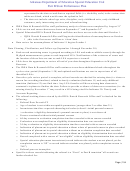 156
156  157
157 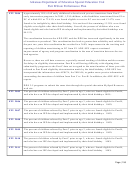 158
158  159
159  160
160  161
161  162
162  163
163 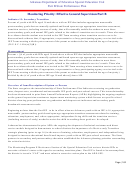 164
164  165
165  166
166  167
167  168
168 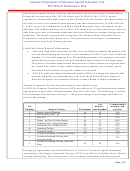 169
169  170
170  171
171  172
172  173
173  174
174 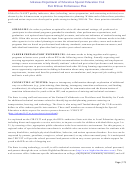 175
175  176
176 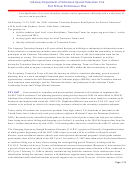 177
177  178
178 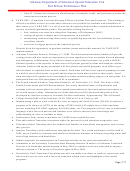 179
179  180
180  181
181  182
182  183
183  184
184 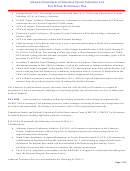 185
185  186
186  187
187  188
188  189
189  190
190  191
191  192
192 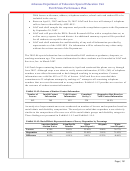 193
193  194
194  195
195 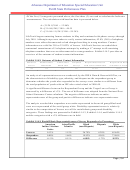 196
196  197
197 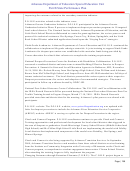 198
198  199
199  200
200  201
201  202
202  203
203  204
204 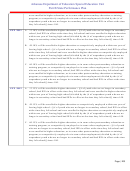 205
205  206
206  207
207  208
208 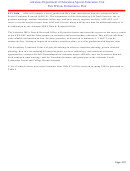 209
209  210
210  211
211 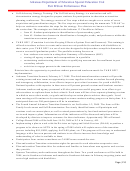 212
212  213
213  214
214  215
215 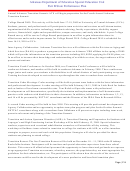 216
216  217
217  218
218  219
219 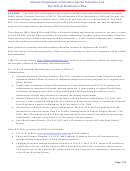 220
220  221
221  222
222  223
223  224
224  225
225 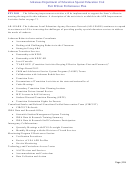 226
226  227
227  228
228 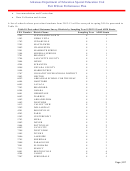 229
229  230
230  231
231  232
232  233
233  234
234  235
235  236
236  237
237  238
238  239
239 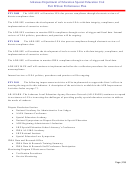 240
240 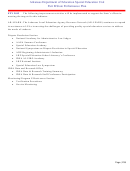 241
241 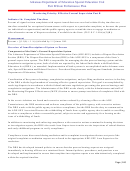 242
242  243
243  244
244  245
245  246
246  247
247  248
248 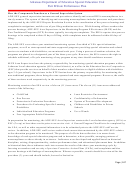 249
249  250
250  251
251  252
252  253
253  254
254  255
255 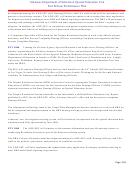 256
256  257
257  258
258  259
259  260
260  261
261 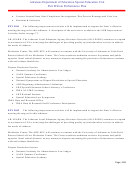 262
262  263
263  264
264 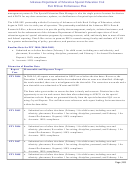 265
265  266
266  267
267  268
268  269
269  270
270  271
271  272
272 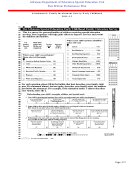 273
273  274
274 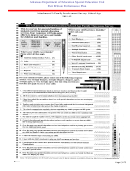 275
275  276
276 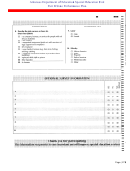 277
277 Arkansas Department of Education Special Education Unit
Part B State Performance Plan
Baseline Data for FFY 2005 (2005-2006)
Percent of youth aged 16 and above with an IEP that includes coordinated, measurable, annual IEP goals
and transition services that will reasonably enable the student to meet the post-secondary goals: 98.42%
Discussion of Baseline Data
Report
Measurable and Rigorous Target
Year
Not applicable
FFY 2004
Percent of youth aged 16 and above with an IEP that includes coordinated, measurable, annual
FFY 2005
IEP goals and transition services that will reasonably enable the student to meet the post-
secondary goals: 98.42%
School districts report their secondary transition data via Program Evaluation Effectiveness
Profile (PEEP) via MySped Resource. During the 2005-06 data collection, the entire ADE
network was taken off line for more than two-months causing the data collection to be
modified. Instead of LEAs entering data directly into PEEP, they had to fill out the required
form in a Microsoft Word file and submit the information via e-mail to the IDEA Data &
Research Office at the University of Arkansas at Little Rock. The Data & Research Office
worked with districts to clarify any questionable submissions and the SEU database
administrator to upload the data once the network became available.
The State is mindful of the close interrelationship of State Performance Plan Indicators
centering on graduation rates, dropout rates, coordinated and measurable IEP goals, and
post-school success. Arkansas has a history of technical assistance and direct service models
designed to demonstrate to school districts the importance of effective early Transition
strategic planning in the areas of training, education, employment, and independent living
designed to increase educational benefit and improve youth with an IEP post-school outcomes.
These activities were identified in 2005-06 through the use of the National Alliance for
Secondary Education and Transition (NASET) Self-Assessment Tool. State partners in
secondary and postsecondary education established the Arkansas planning priorities prior to
the National Center for Secondary Education and Transition (NCSET) National Leadership
Summit using this tool. Of the five NASET quality indicators, three (schooling, career
preparation, and connecting activities) were chosen by the Arkansas team as priorities for
comprehensive planning. Within each of these three priorities, goals and action steps were
developed to guide strategies during 2005-06.
The State is using staff and resources of the National Collaborative on Workforce and
Disability for Youth for additional technical assistance related to identifying needed planning
partners centering on transportation, housing, and technology. The State is also using staff
funded through Title VI-B set-aside dollars to offer student-specific interventions. These staff
members are accessed through the Special Education website request for services process
known as “CIRCUIT” ( ).
The regional cadre of special education consultants is available to assist in interventions for
students with sensory disabilities, multiple physical disabilities, behavior, and autism spectrum
Page | 163
ADVERTISEMENT
0 votes
Related Articles
Related forms
Related Categories
Parent category: Legal









